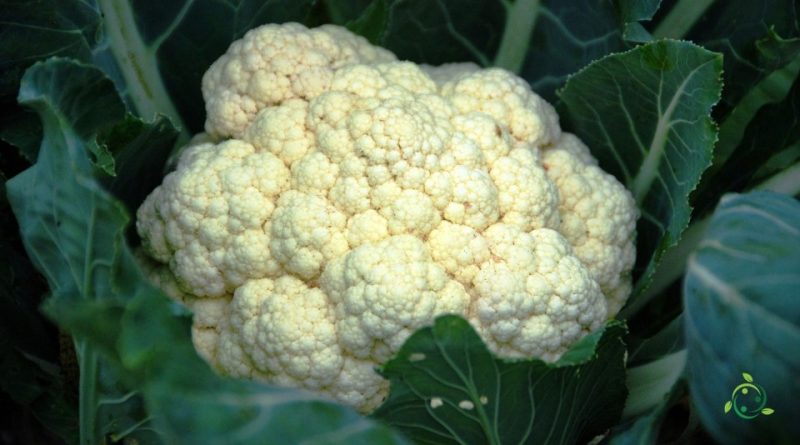How to intercrop cauliflower
How to intercrop cauliflower
Cauliflower is a cultivar of cabbage (Brassica oleracea L. 1753) which is characterized by an inflorescence, called corymb head or ball, made up of numerous flower peduncles, very enlarged and variously constipated. The corymb inflorescence, which can take on a various color (white, straw, green, violet) constitutes the edible part of the vegetable.
Cauliflower can be grown in conjunction with other plants with which it benefits from a series of agronomic and production factors.
Intercropping with these plants brings notable advantages; for example, intercropping with lettuce and spinach, being plants that repel the stingray, benefits it from a phytosanitary point of view, while the combination with sage, rosemary, tomato and celery keeps away the cabbage and the combination with the tomato prevents infestations of cabbage fly.
For this reason, cauliflower can benefit from growing simultaneously with different horticultural plants, which can help improve plant health, reduce pests and increase overall productivity. Among the many possible associations, we report some of these:
– Cabbage: Cabbage can be a good companion plant for cauliflower as they share similar soil needs and can help each other repel pests.
– Onion and garlic: Can help repel common cauliflower pests, such as cabbage cabbage.
– Herbs: Herbs such as sage, rosemary, parsley, thyme and mint can be beneficial companion plants, as they can attract natural predators of cauliflower pests.
– Beans and peas: These legume plants can enrich the soil with nitrogen, which is essential for healthy cauliflower growth.
– Lettuce: Lettuce can be planted between cauliflower plants to use space efficiently and can help keep pests away.
– Spinach: Can be planted next to cauliflower and can provide partial shade during the hottest times of the year.
– Beetroot: Beets are shallow-growing plants and do not compete too much with cauliflower for soil resources.
In intercropping cultivation, however, it is necessary to take into correct consideration the pedoclimatic needs of the plants to be combined and their relative needs.
Also, watch your plants carefully for any signs of problems and take prompt action if necessary.

